Ground Elder
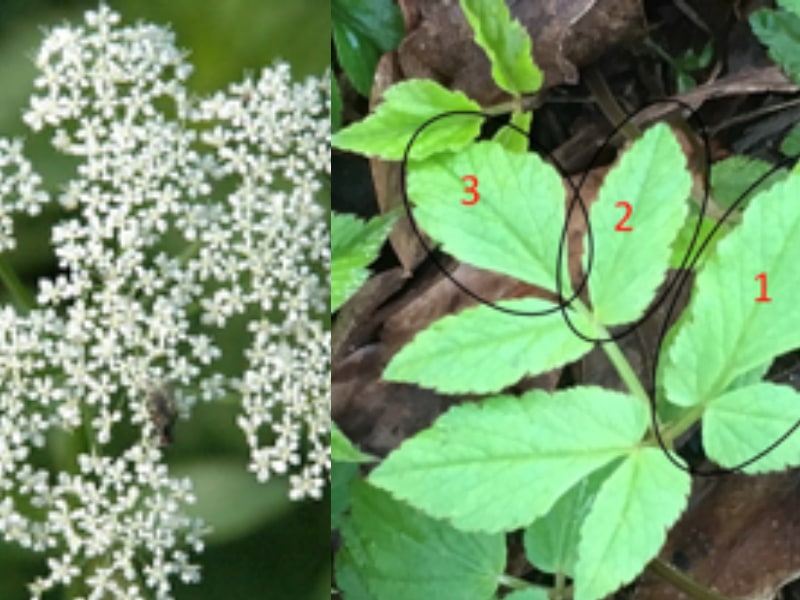
Here is a wonderful blog from John Handley, a naturalist and friend whose website will soon be a must-see. He says he marvels at the synanthropic ability of Ground-elder, a plant that is well suited to live together with us. Often on the outskirts of inhabited areas, it has invariably arrived there because of us, and marks the land where two worlds meet: the natural world and where our influence is total.
Gorse
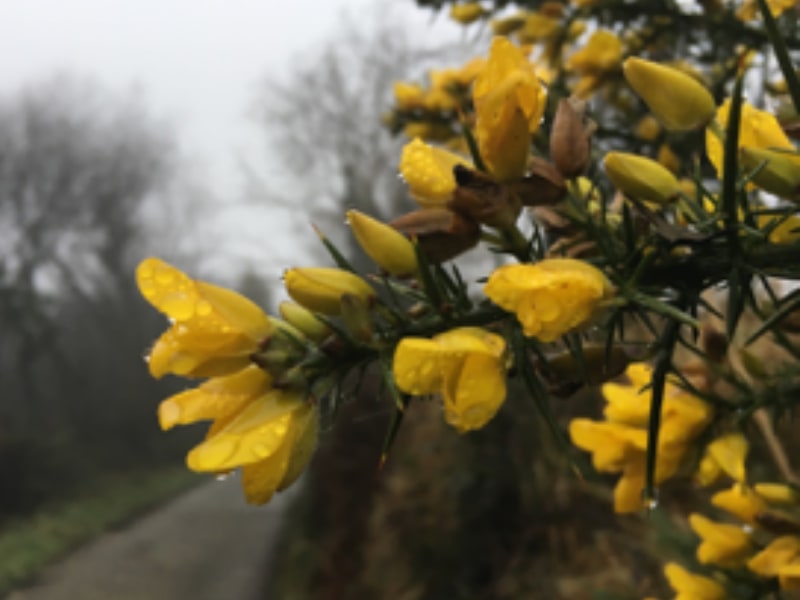
Thank Heavens for this prickly but cheery plant! It provides welcome colour to the countryside in an otherwise bleak and drab January. On a sunny day, its little flowers can briefly transport me to a warmer climate with their sweet exotic coconut scent.
Angelica
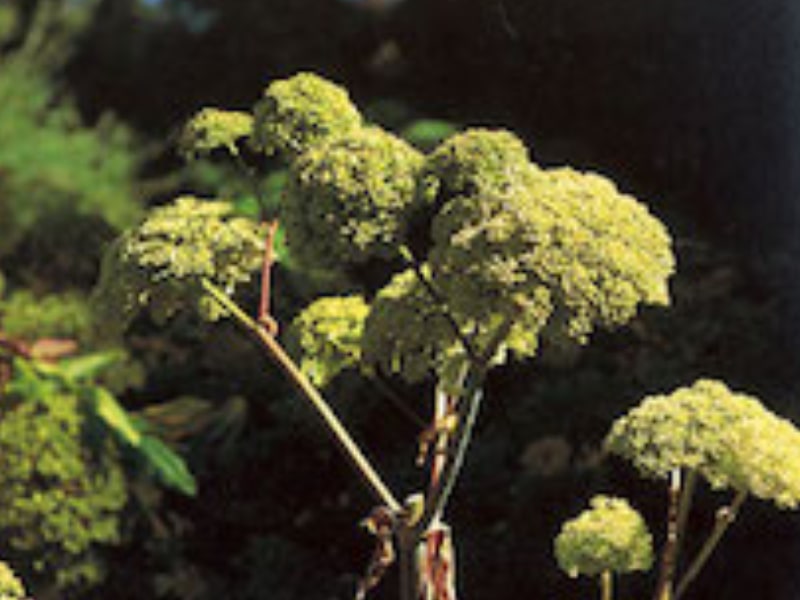
October’s herb is a beautiful giant plant: sweet-smelling and standing like a guardian angel in gardens across the world.Native to Syria, this plant has spread and naturalized in cooler countries such as Denmark, Germany, Belgium, France and occasionally Britain. It can be found wild in damp waste places, often by riverbanks and has self-seeded itself for generations in several London parks and gardens, notably Lincoln’s Inn Fields and, until recently, has stood sentry on the slopes of the Tower of London.
Milk Thistle
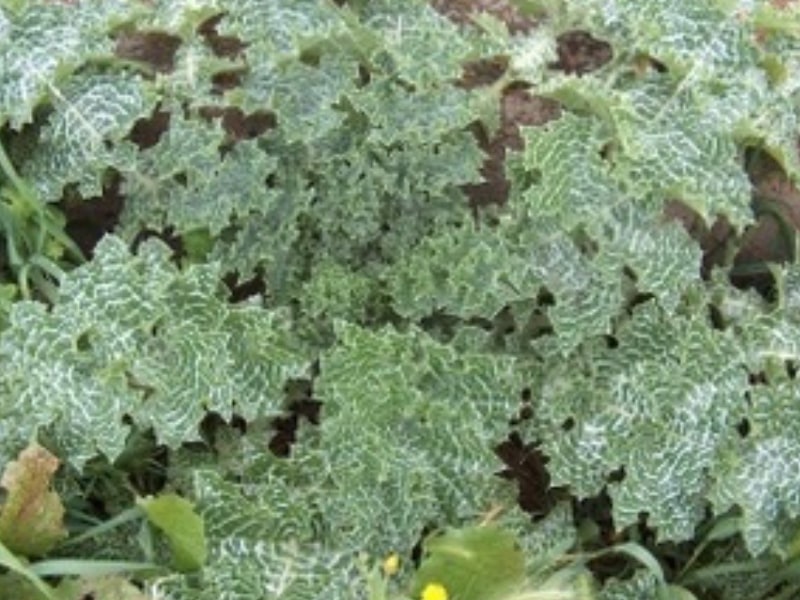
Try as I may, this pretty thistle has eluded me! It is our only thistle which has the milk white veins running along its dark green leaves. It is native to southwest Europe and introduced to Belgium, Holland, Denmark and the lowlands of Britain but as hard as I have searched for it I have not come across it.
Butterbur
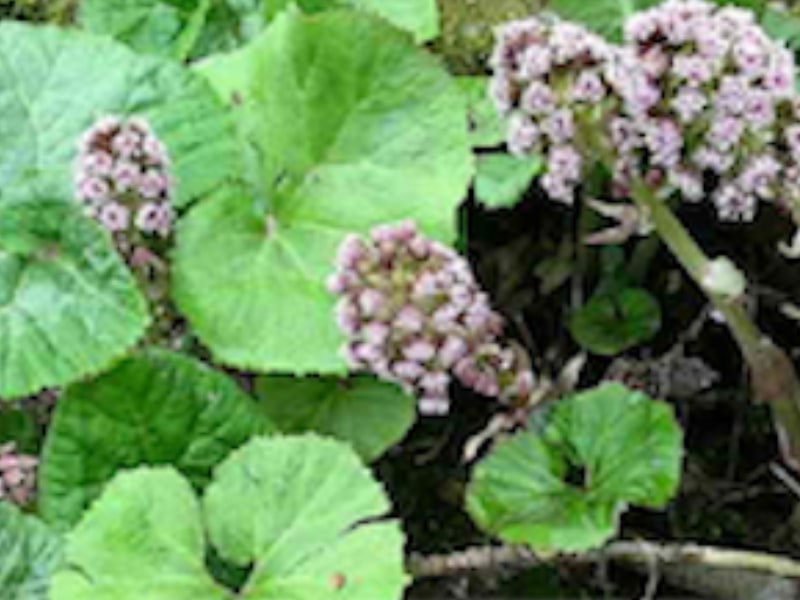
On a rainy summer’s day, when I was a child, I was always glad to come across this mighty plant whilst out on my adventures in the countryside, as I would pick the largest leaf I could find and use it as an umbrella. Its huge size would completely shelter my entire body. I would stand under it, keeping dry, listening to the pitter patter of the rain all around me and breathing in that lovely smell you only get with the warm summer rain. I remember thinking “This must be what it is like to be a fairy!” as the large leaf somehow made me feel miniature.
St John’s Wort
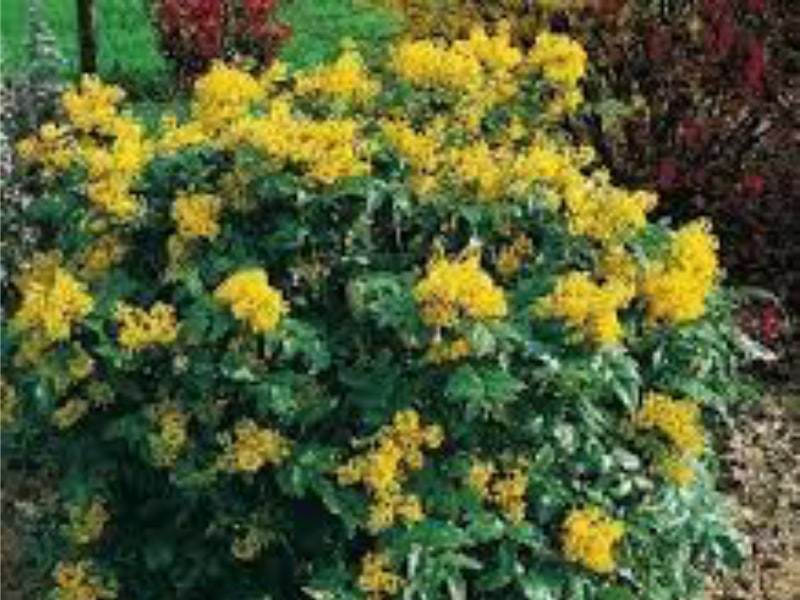
St John’s Wort has naturalized in the UK and is widely found throughout Britain, Europe and Asia. It can be found on roadsides, banks, and hedges, open, dry places and prefers chalky soil. It flowers in summer to early autumn.
Lime Flower
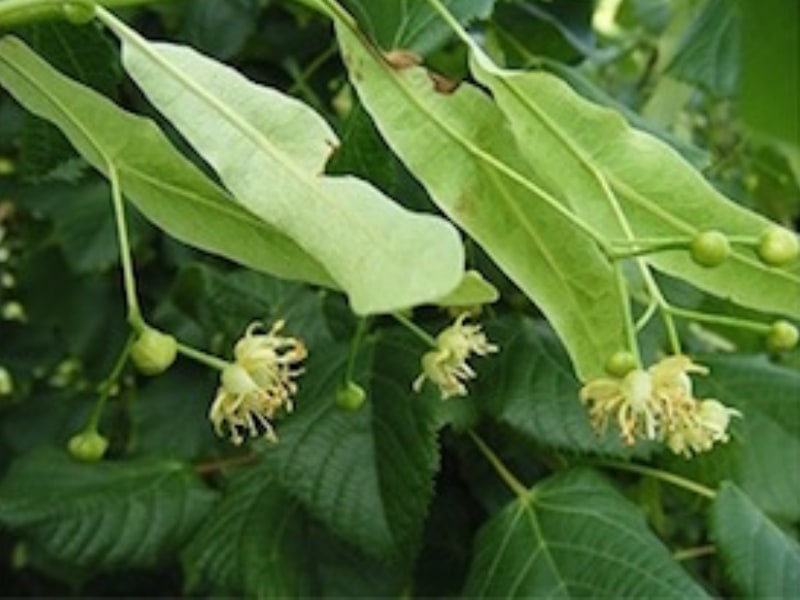
Found in Northern Temperate Zone, especially the British Isles. The flowers from this lime tree, also known as Linden flowers are collected in June for use as herbal medicine. I love the tea made with the fresh flowers, they have a wonderful delicate taste of honey that is lost when dried. They should be gathered as soon as they flower on a dry day a dried carefully in the shade so as not to lose the essential oils.
Lily of the Valley
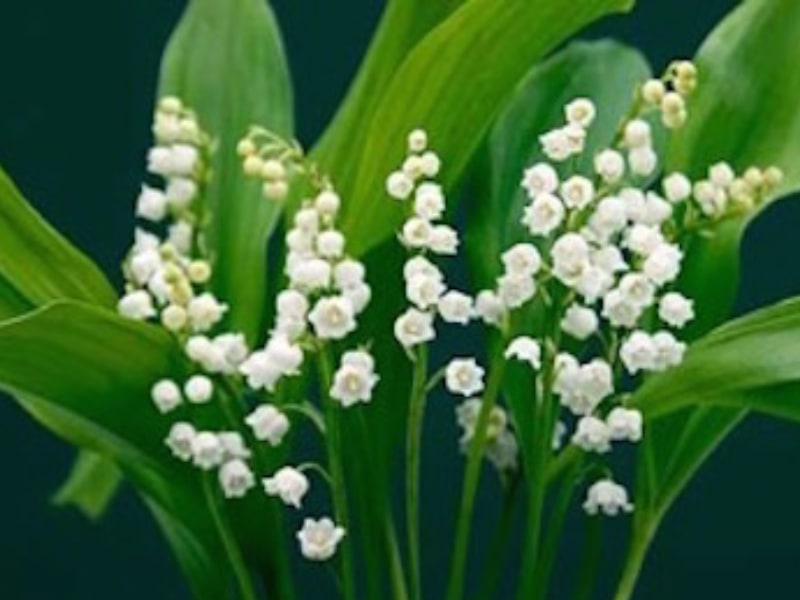
My first encounter with this queen of Lilies was also one of my first memories. My grandmother, Alice was a keen gardener, a skill that was kindled during the harsh days of the war, and one that remained with her for her whole life. Her house in Arundel had a garden that was brimming with flowers, fruits and vegetables. There was one spot, along the side of the house, an alleyway, flanked by the high walls of two houses, always draughty, cool and with very little sunshine, but at this time of year it was my favourite spot in the whole of Arundel.
Stinging Nettle
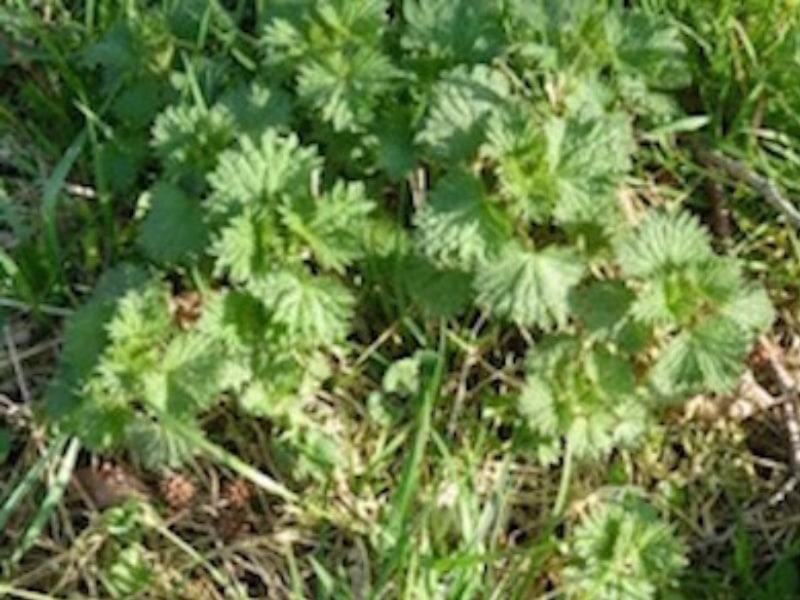
It is because of plants such as the noble stinging nettle that I have great pride in my art as a Western Medical Herbalist! The nettle is so common that it is taken for granted and even regarded as a pest to be cleared, destroyed and controlled. At best it is put on the compost heap or made into a natural liquid fertilizer, but this overlooked plant is a powerhouse for healing.
Bearberry
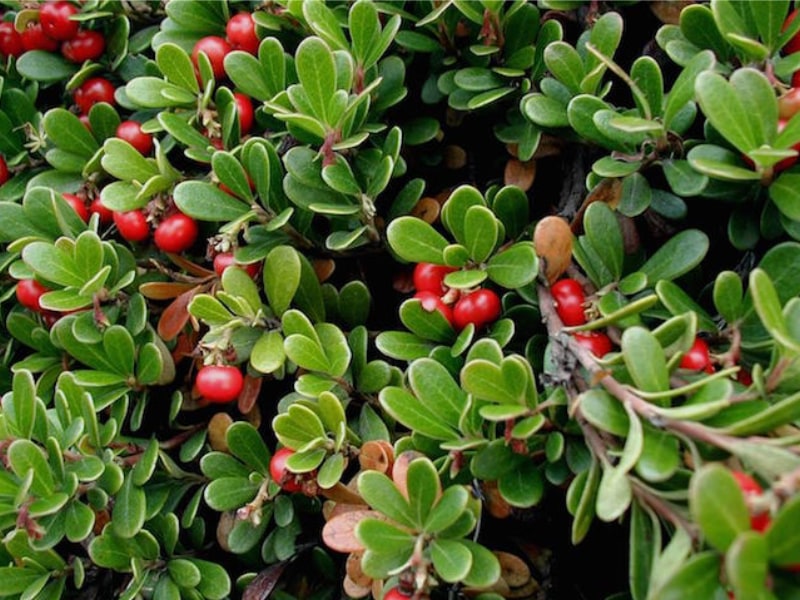
This month’s herb is little known to most people in England; although still native to the UK, it is found in the Northern latitudes and high mountains of Europe, Asia and America. In the British isles it is common in Scotland, on heaths and barren places in hilly districts, especially in the highlands and can be found as far south as Yorkshire and on the hills of the north-west of Ireland.
